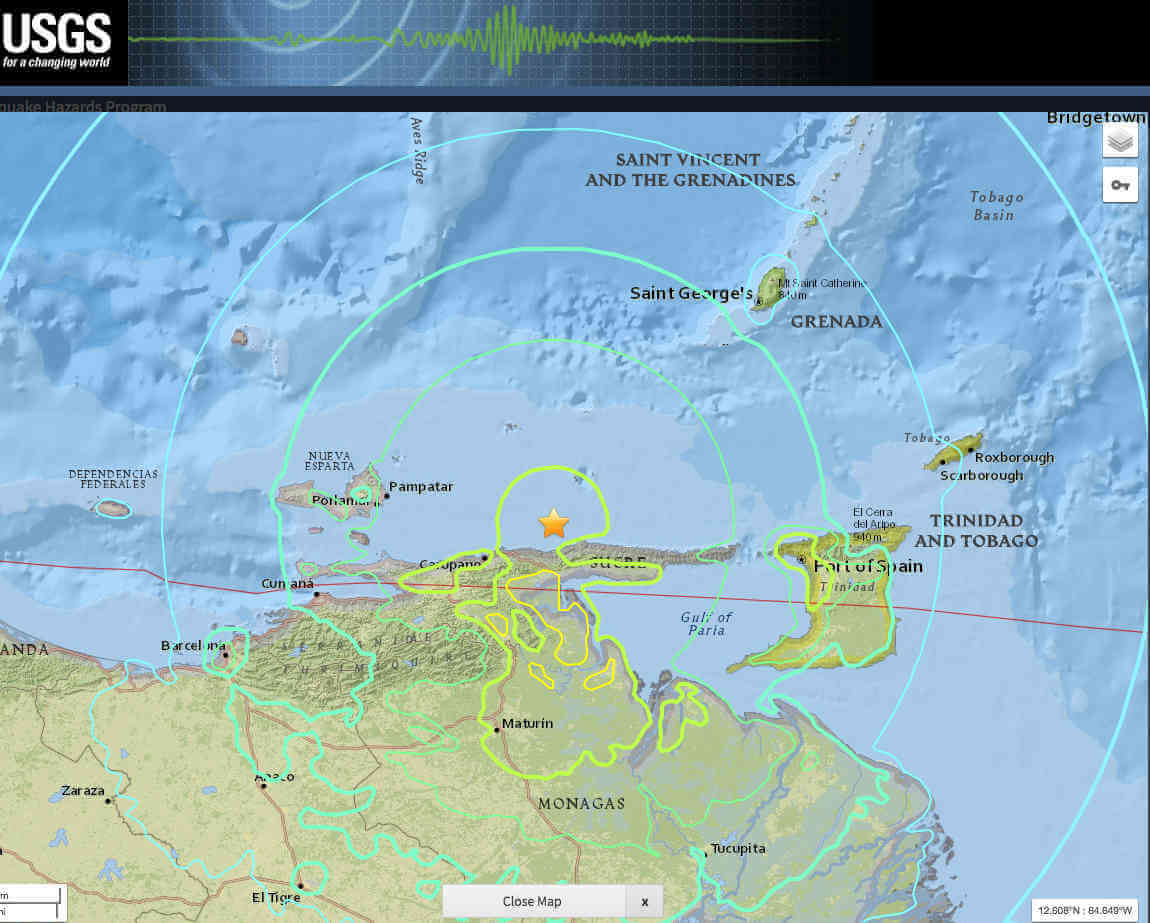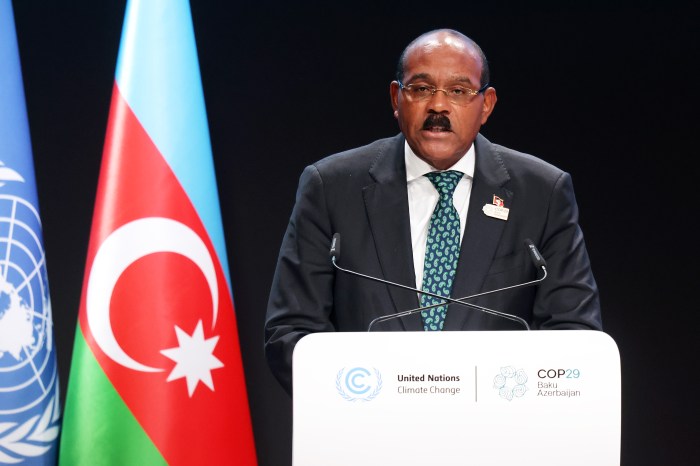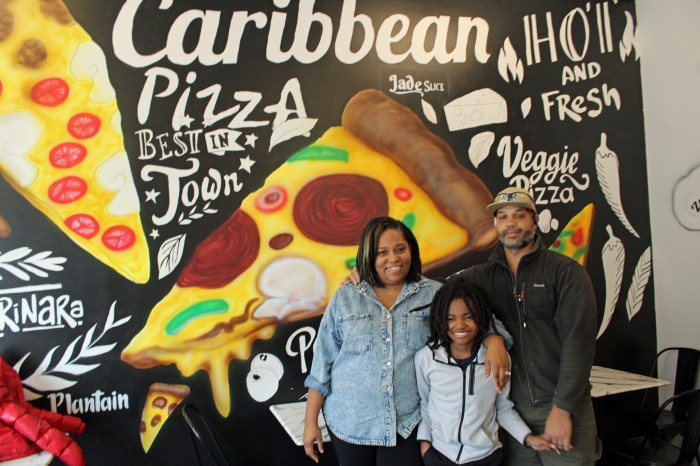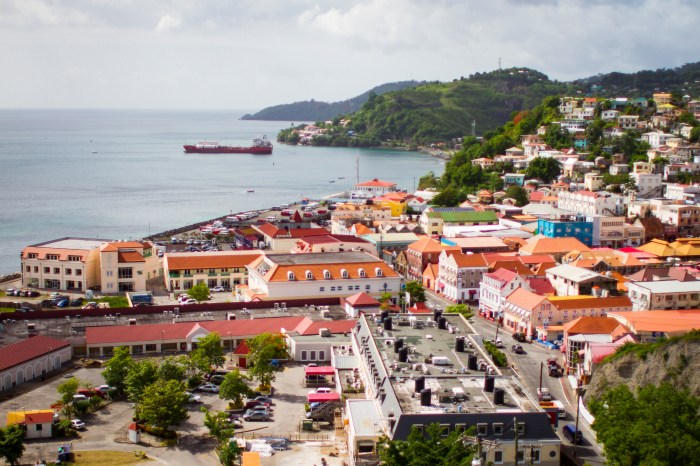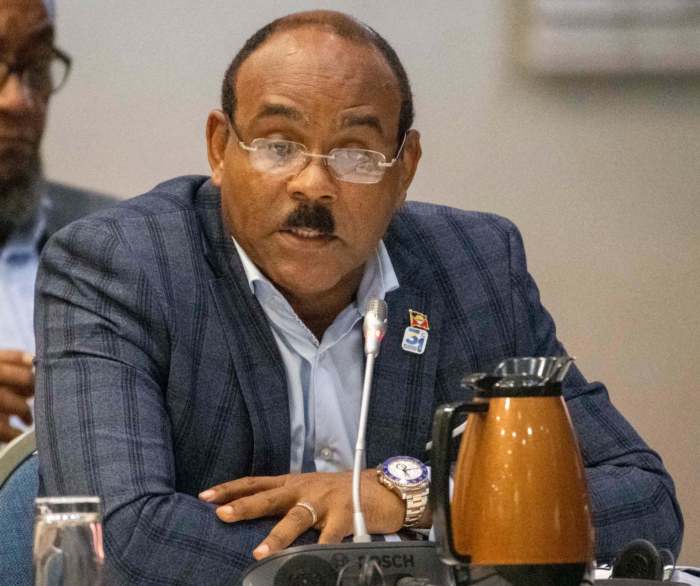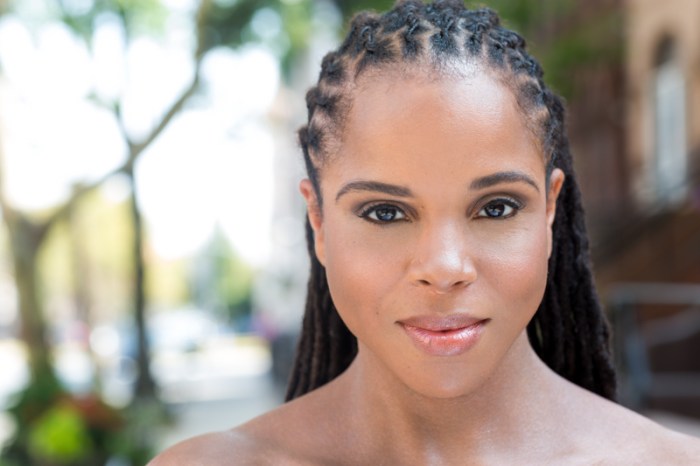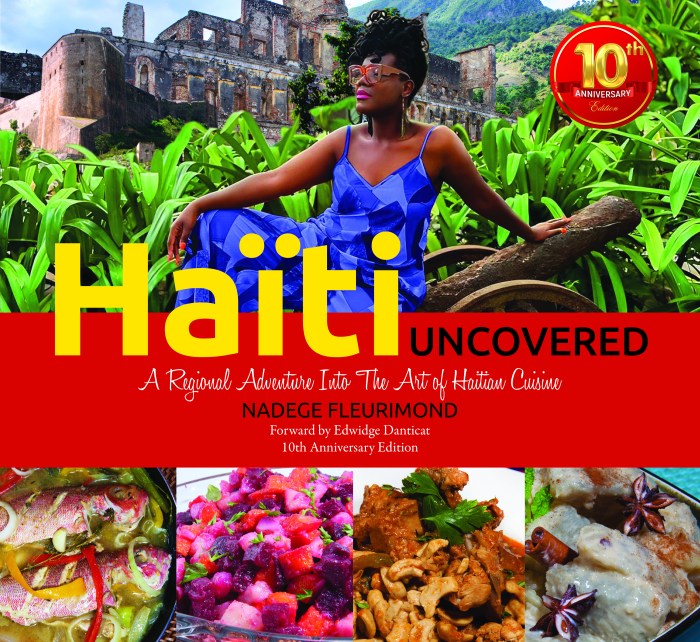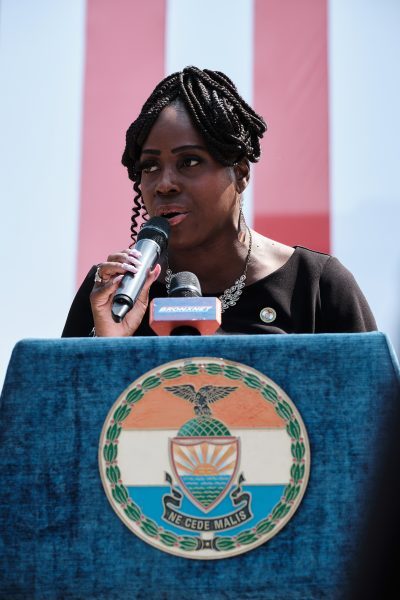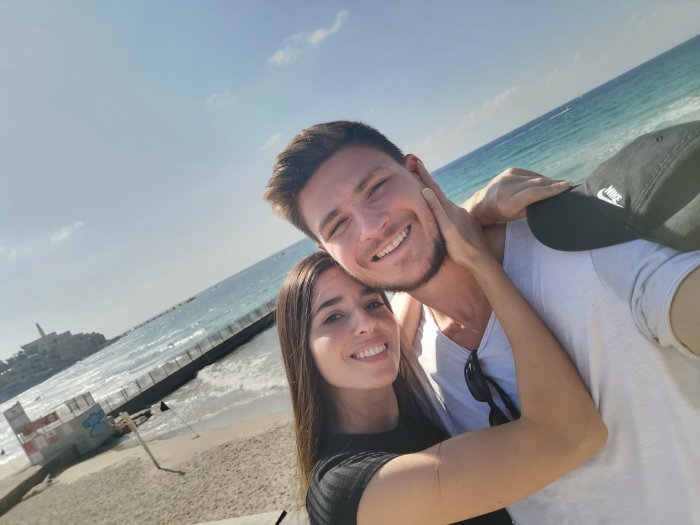For days, perhaps weeks, people across the Caribbean will be talking about Tuesday’s earthquake off the coast of Venezuela that was felt in tremor form as far north in the smaller Windward island like St. Lucia and as far south as Guyana and Suriname.
But for experts in geology like Prime Minister Keith Rowley of Trinidad, this week’s event should be the cause of major concern to the island and the rest of the Caribbean Community as it was by far the strongest felt in living memory, particularly in Trinidad which is normally the epicenter of earthquakes in the bloc.
If anyone could speak authoritatively on earthquake and related events it is PM Rowley. He holds a doctorate in geological studies and wasted little time in letting the nation know that he hopes Tuesday’s activity was the big one and that nothing bigger, more threating and more damaging is in making in the future.
“So far we seem to have escaped the worst and it does not now appear that there is serious or widespread damage. I momentarily thought whether this was the big one that was always in our discussions. Today’s tremor was strong enough to have me thinking that this might be it,” he told the local Newsday publication.
Felt just after 5.30 pm in most of the countries which felt its presence, the quake and related tremors forced thousands of workers to abandon buildings in several countries for open areas as most people thought that this one was much longer and protracted than is usually the case.
Even Rowley said that he thought the quake had carried on much longer than normal, telling the Express Newspaper that “I felt a little scare then because you know we live in an earthquake zone and this particular fault runs through the north of our territory. It is called the El Pilar Fault. Just when I thought it was ending, it got even stronger,” Rowley said, echoing the sentiments of people across the region.
The University of the West Indies’ seismic center and the US Geological Surveys (USGS) have both warned the region to be alert for aftershocks like some which were felt in Trinidad and Guyana on Wednesday morning, long after Tuesday afternoon’s very traumatic event. Trinidad recorded the strongest of the seismic movements with scales measuring the peak at 6.9 compared to 7.3 at the epicenter off Venezuela.
Rowley says that “those of us who have a little inkling of geology, we believe that this is a capture zone which is powering up a lot of energy for a long time. One of these days could release it,” he fears.
Meanwhile, Education Minister Anthony Garcia urged ministry staff not to report to work before midday Wednesday to allow for a full and proper engineering examination of the buildings, one of dozens damaged on the island.
He said the quake caused extensive damage to ceiling and floor tiles, while mass inspections of schools will be undertaken ahead of the early September reopening of learning institutions.
There was also major structural damage at several malls in and outside of Port of Spain, the capital as management ordered the closure of these facilities until otherwise instructed by engineers.
Playing its part to ensure the region is kept updated on earthquakes and related activities, experts from the UWI center quickly took to social media in live broadcasts, warning of string aftershocks and the need to remain alert.
Seismologist Joan Latchman, PHD, said that Tuesday’s was the largest in 50 years of record keeping.
“It is the largest earthquake since 1968 but it is not the largest we could have in our area. So, we could consider this is another one of those events that keeps us aware that our region is seismically active and that strong earthquakes can, and will, occur. From this earthquake we can expect to have aftershocks and we have already had seven,” she said.


